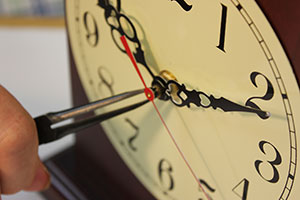
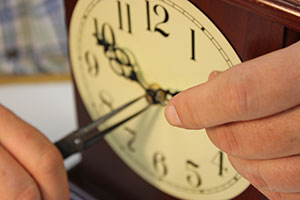
The first step is to remove the clock hands. You will not be able to reuse the hands with your replacement motor/movement. And if your clock hands are under 5" we will give you a new free pair that works with the replacement motor.
Question 3
Is your minute hand (the longer one) under or over 5"? The measurement is from the mounting hole to the tip; NOT the overall length.
NOTES: Knowing the length of your minute hand helps us to determine what type of clock movement you need. Clock hands 6" or longer should be operated by some type of high torque movement. The length of the hour hand is not considered.
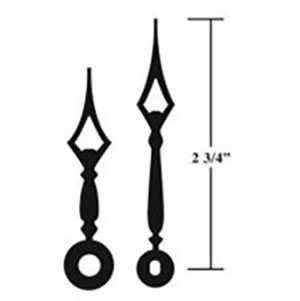
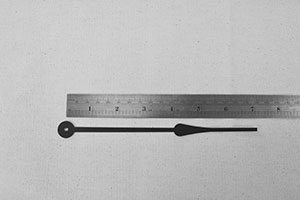
Question 4
How long is the overall length of the hand shaft and the threaded part of the shaft, if applicable?
The hand shaft is a set of concentric tubes that turn the hour, minute and second hand shafts. Grouped together, this is referred to as the hand shaft.
The hand shaft must go through the dial face and the material that the dial face is on. Some clock movements have a threaded shaft at the bottom of the hand shaft, and some do not.
If there is a threaded shaft at the base of the hand shaft where it connects to the motor, then measure that threaded shaft length as accurately as possible as well. The hand shaft should go through with a little more than an 1/8" of the threaded part sticking out so that you can tighten the hex nut down and secure the clock motor/movement to the material.
The measurement of the total length of the hand shaft from the body of the clock motor to the very end of the hand shaft is called the overall shaft length.
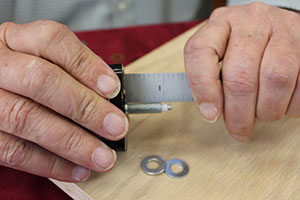
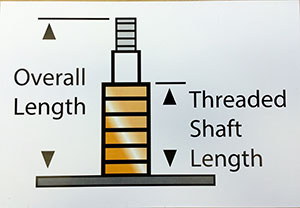
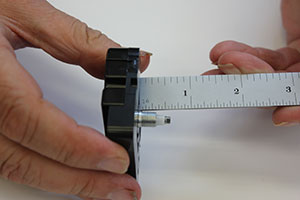
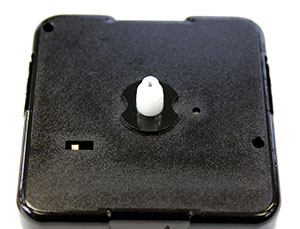

TIP: You can also add a couple washer to achieve the correct shaft length if the threaded part is a bit too long.

If you have a glass or plastic lens or cover, then it's important to know the distance from the front of the clock face to the inside of the glass or plastic cover. Knowing how thick the clock face is and the distance from the clock face to the inside of the glass (if you have a glass cover) will make it easy to determine what hand shaft length you will need.
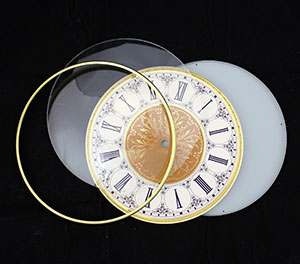
| We use the new reCaptcha security feature below in order to avoid processing orders from spammers. Please help keep your information secure and our products out of the hands of spammers by clicking in the box "I'm not a robot" | |
